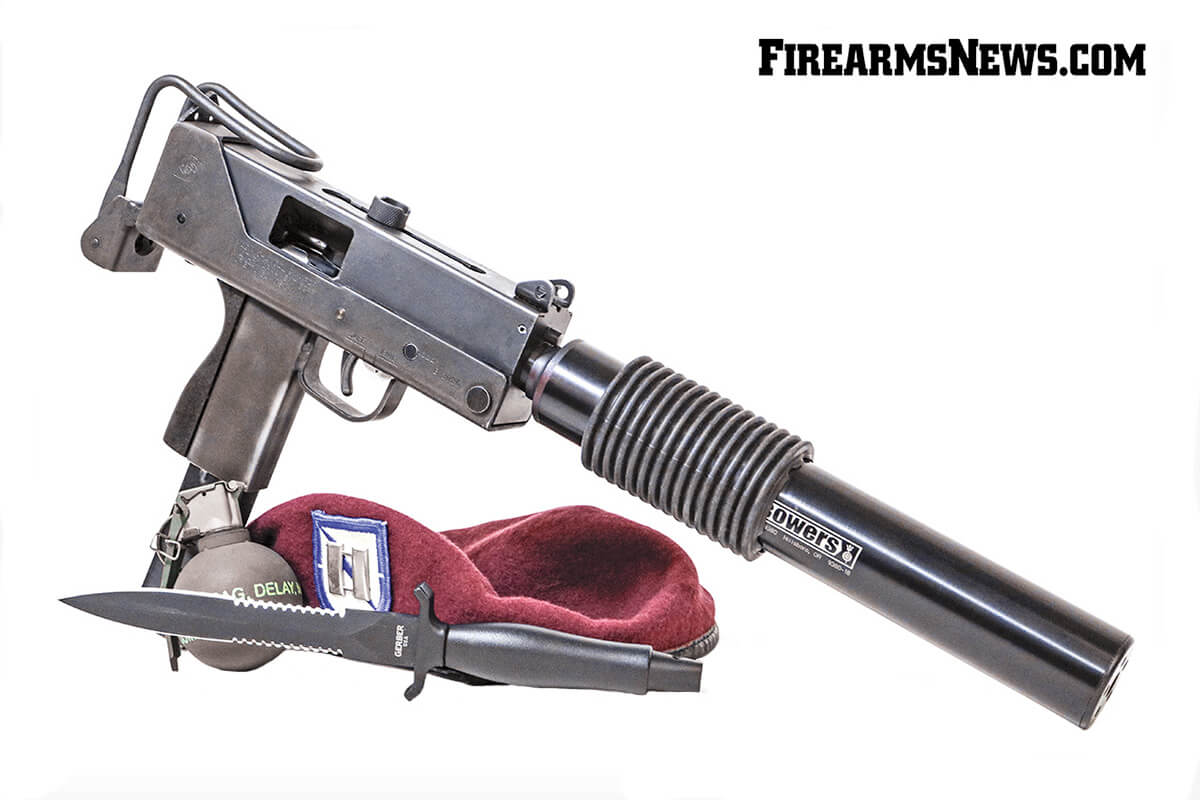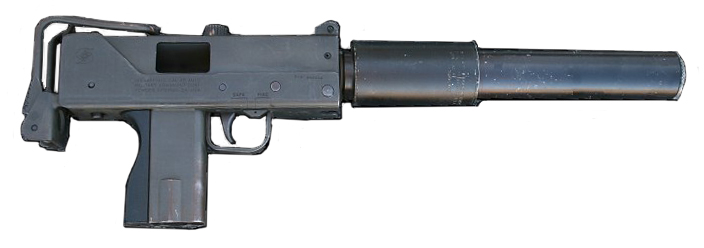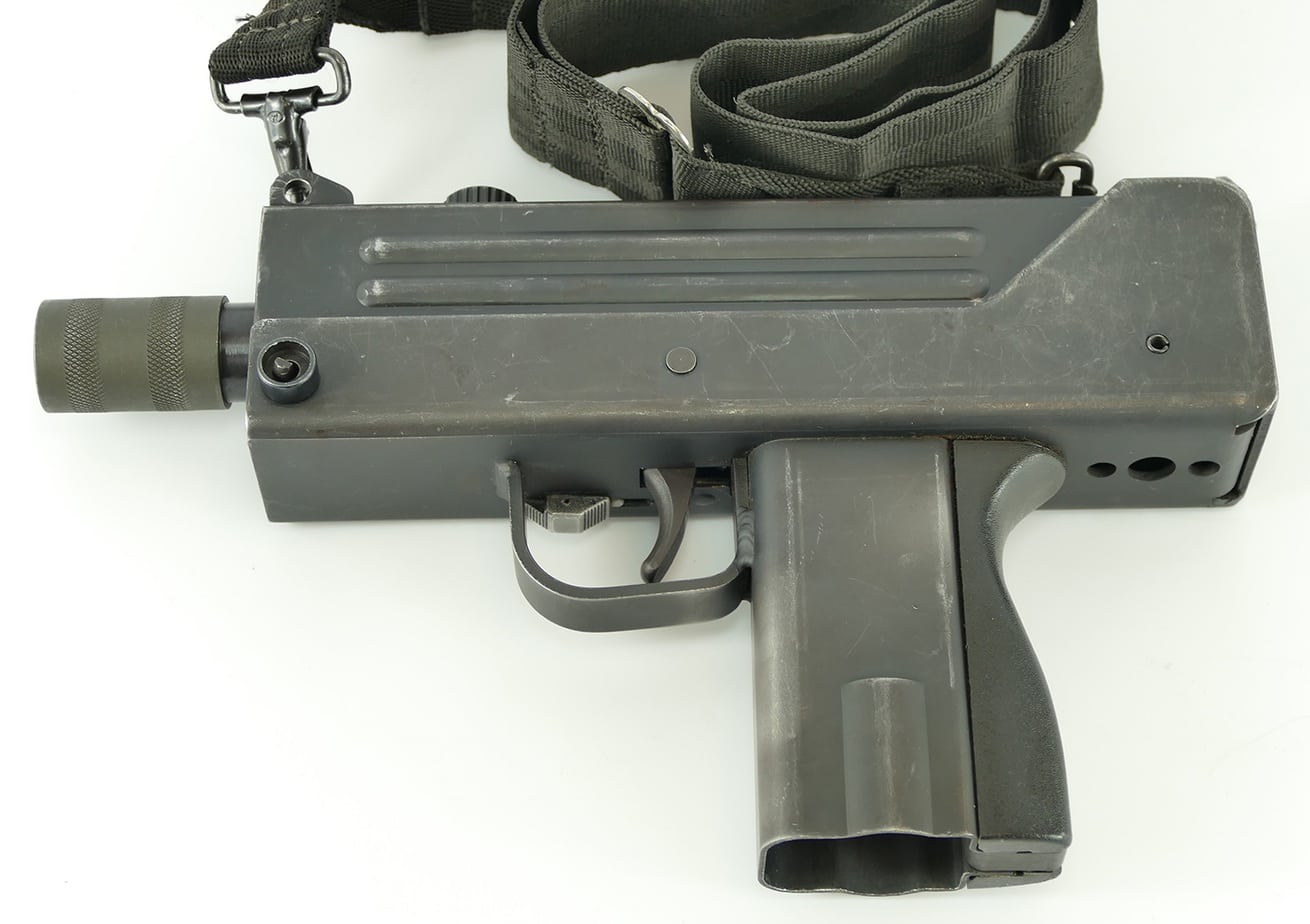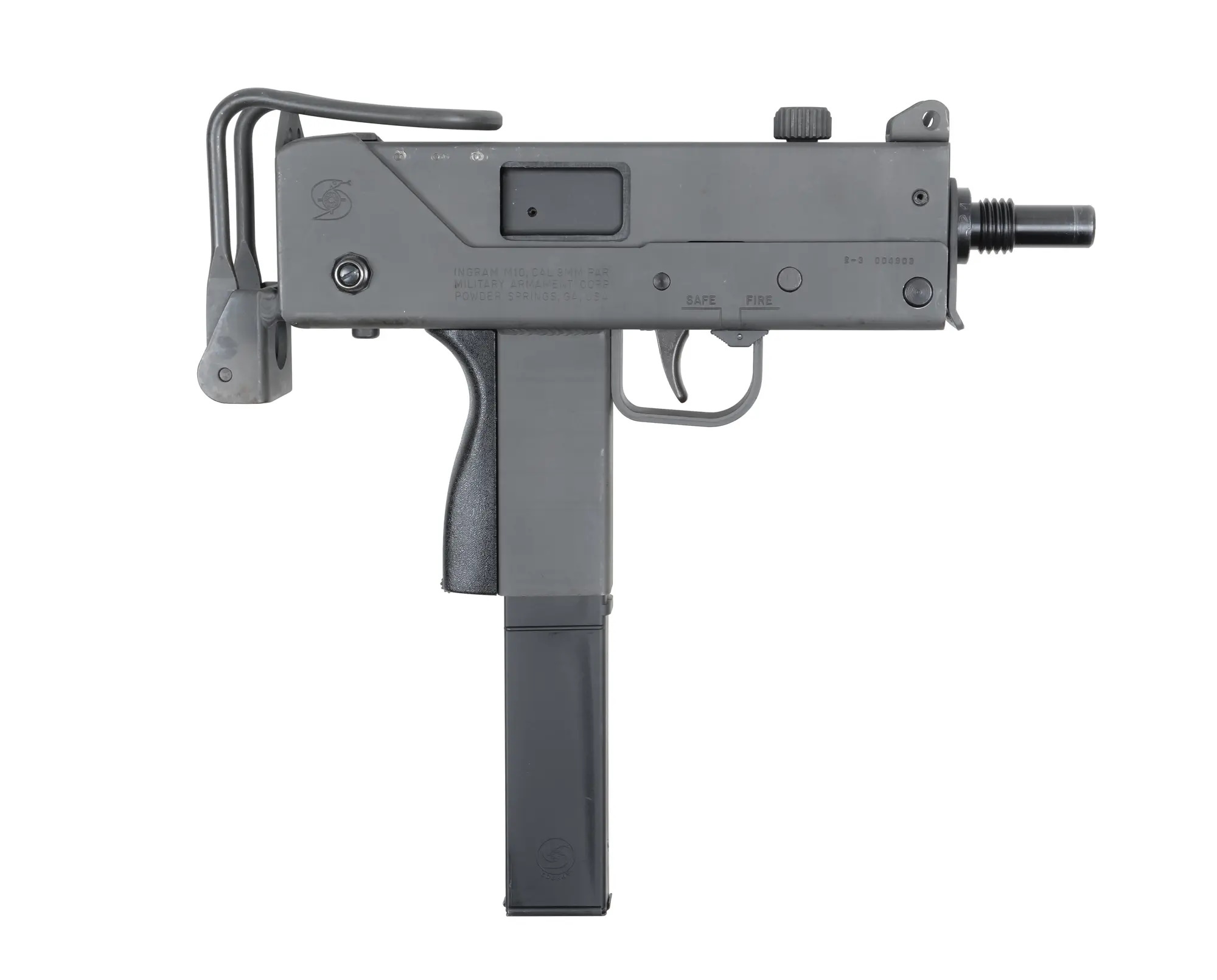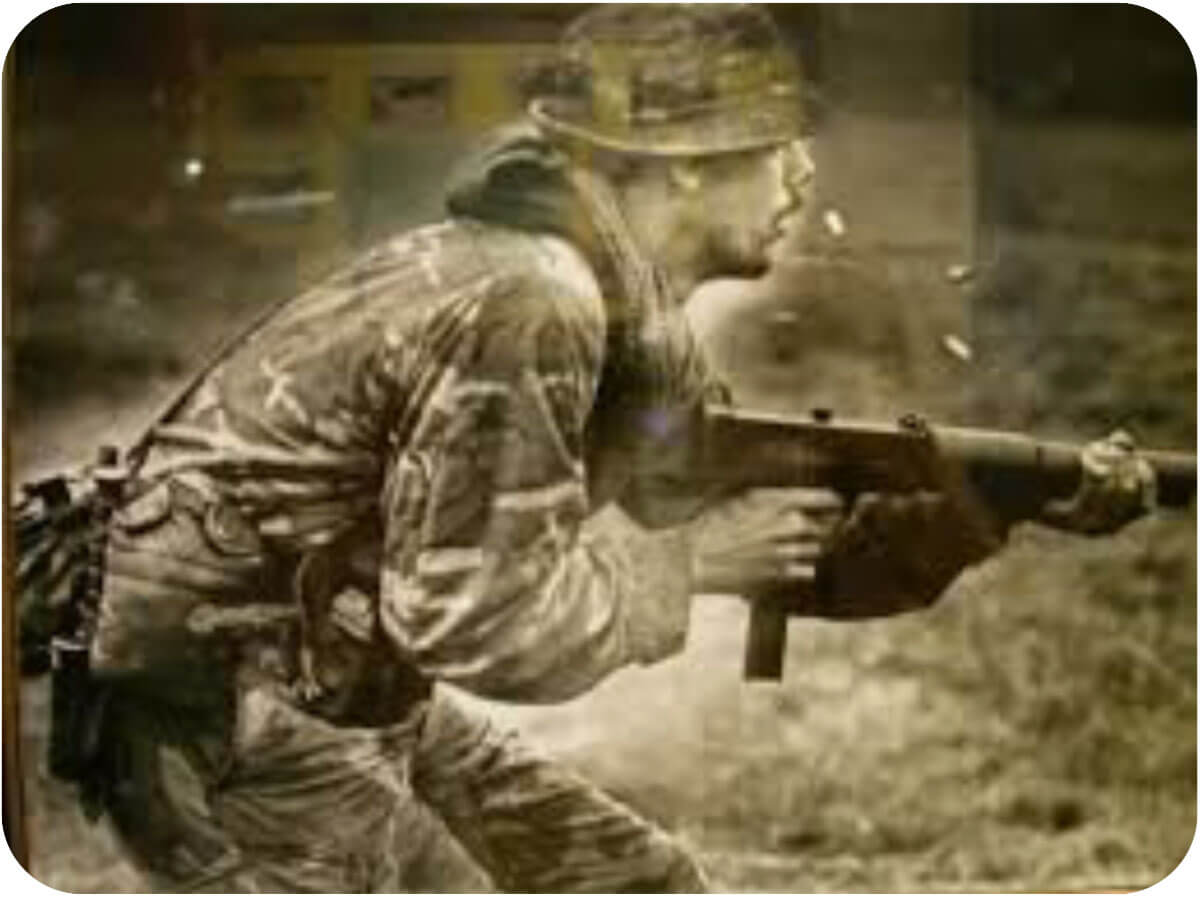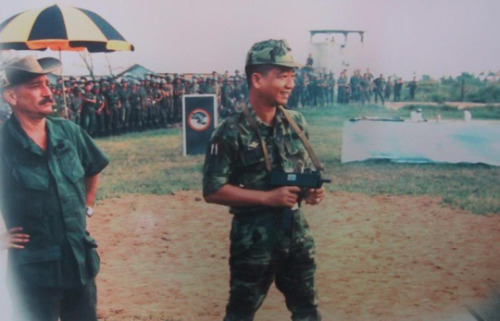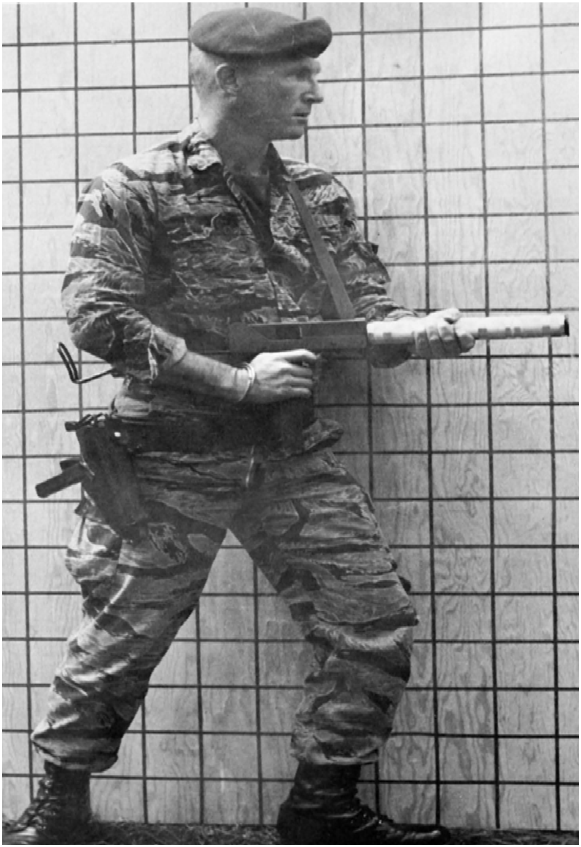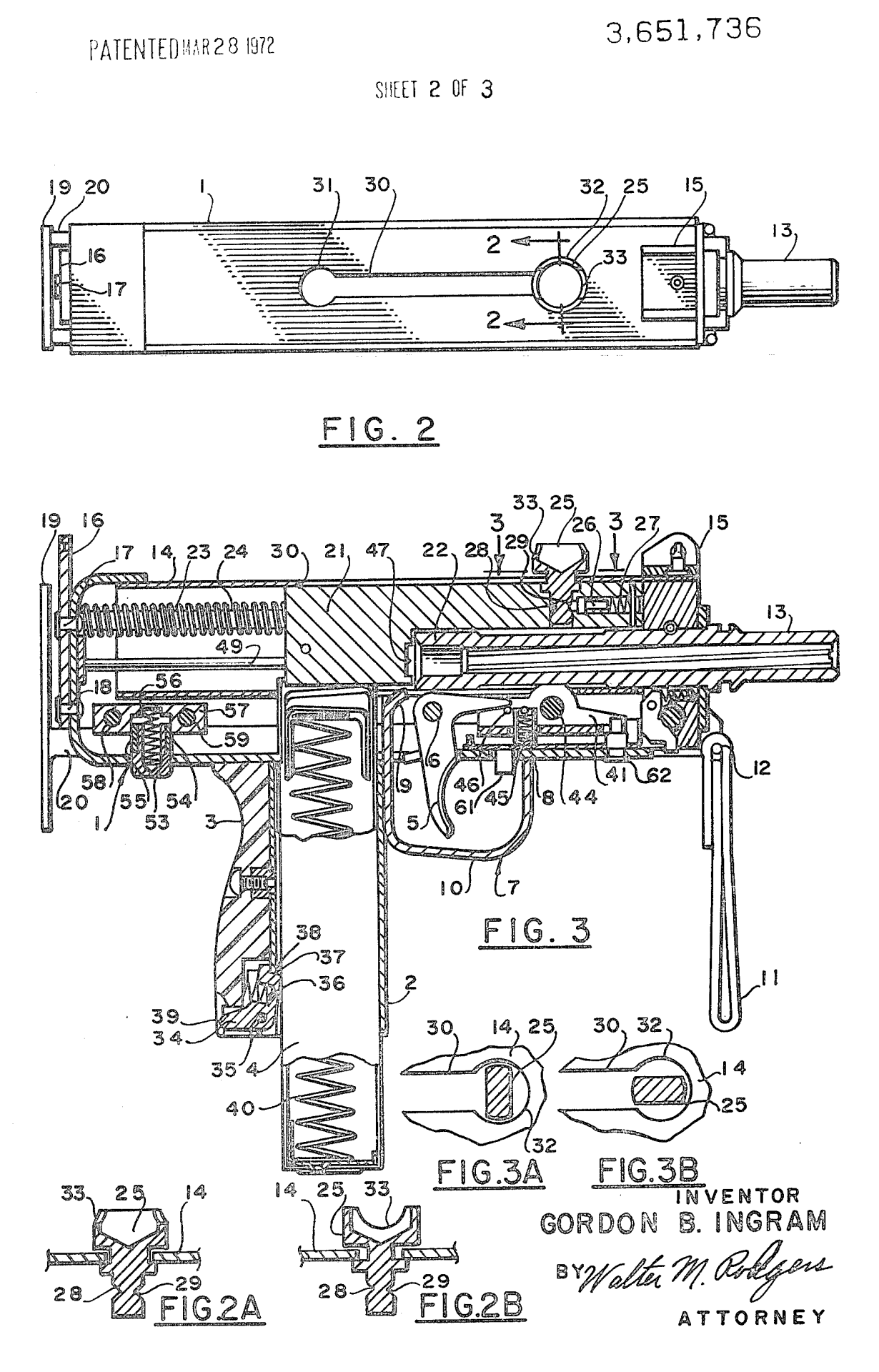MAC-10: Difference between revisions
Skizmophonic (talk | contribs) No edit summary |
Skizmophonic (talk | contribs) No edit summary |
||
| (9 intermediate revisions by the same user not shown) | |||
| Line 1: | Line 1: | ||
[[Category:Weapons]] | |||
[[Category:Weapons of Vietnam]] | |||
{| class="wikitable sortable" style="margin:auto;text-align: center;width:90%" | {| class="wikitable sortable" style="margin:auto;text-align: center;width:90%" | ||
|- | |- | ||
| Line 7: | Line 9: | ||
! rowspan=2 | [[Ammo]] | ! rowspan=2 | [[Ammo]] | ||
|- | |- | ||
|[[File: | |[[File:Flag_us_new.png|50px]]<br><strong>[[US]]</strong>|| [[File:Mac10.png|512px]]<br><b>[[MAC-10]]</b> || [[File:Weapon mac10.svg|512px]] || [[File:Class_medic.png|50px]] <b>[[Medic]]</b><br> [[File:Class_Engineer.png|50px]] <b>[[Engineer]]</b><br> [[File:Class_radioman.png|50px]] <b>[[Radioman]]</b><br> || 32 / 96 | ||
|- | |- | ||
|} | |} | ||
| Line 18: | Line 20: | ||
! rowspan=2 | Leg × | ! rowspan=2 | Leg × | ||
! rowspan=2 | Arm × | ! rowspan=2 | Arm × | ||
! | ! colspan=2 | Reload Speed | ||
|- | |- | ||
|27||×2.4 = 64.8||×1.3 = 35.1||×1.2 = 32.4||×0.8 = 21.6||×0.75 = 20.25|| | ! Partial!! Empty | ||
|- | |||
|27||×2.4 = 64.8||×1.3 = 35.1||×1.2 = 32.4||×0.8 = 21.6||×0.75 = 20.25||2.3 Seconds||3.1 Seconds | |||
|- | |- | ||
|} | |} | ||
| Line 36: | Line 39: | ||
! rolspan=2 | [[Weight]] | ! rolspan=2 | [[Weight]] | ||
|- | |- | ||
|[[]]||[[Machine Pistols]]||Auto+Semi||RPM|| | |[[M10]]||[[Machine Pistols]]||Auto+Semi||1250 RPM||10° & 3.2° [[ADS]]||0.78||366 m/s||7.5 g (115.743 gr)||2.84 kg (6.26 lbs) | ||
|- | |- | ||
|} | |} | ||
| Line 42: | Line 45: | ||
|- | |- | ||
! rowspan=2 | Full name | ! rowspan=2 | Full name | ||
! rowspan=2 | [[ | ! rowspan=2 | [[Caliber]] | ||
! rowspan=2 | [[Place of Origin]] | ! rowspan=2 | [[Place of Origin]] | ||
! rowspan=2 | [[Date]] | ! rowspan=2 | [[Date]] | ||
! rowspan=2 | [[ | ! rowspan=2 | [[Manufacturer]] | ||
! rowspan=2 | Barrel Length | ! rowspan=2 | Barrel Length | ||
! rowspan=2 | Total Length | ! rowspan=2 | Total Length | ||
! rowspan=2 | [[Weapon Script Name]] | ! rowspan=2 | [[Weapon Script Name]] | ||
|- | |- | ||
| | |Military Armament Corporation M10||9x19mm||[[USA]]||1970||Military Armament Corporation||5.75 in (146 mm)||11.6 in (295 mm)||weapon_mac10 | ||
|- | |- | ||
|} | |} | ||
| Line 56: | Line 59: | ||
<hr> | <hr> | ||
The Military Armament Corporation Model 10 (M10), also known as the MAC-10, is a compact, blowback operated machine pistol/submachine gun designed by Gordon Ingram in 1964. It can be chambered in either .45 ACP or 9mm. The MAC-10 is often equipped with a two-stage suppressor by Sionics that reduces noise and improves control when firing fully automatic, although it reduces the weapon's compactness and concealability. Despite its common name, the manufacturer never officially used "MAC-10" in its marketing or product literature; instead, it has been popularized by gun dealers, writers, and collectors. | |||
=HISTORY= | =HISTORY= | ||
The MAC-10 is made primarily from steel stampings and features a notched cocking handle on top that locks the bolt when turned 90°, rendering the weapon inoperable. It employs a telescoping bolt design that encases the rear of the barrel, allowing for a more compact structure and balancing the weight over the pistol grip where the magazine is housed. This firearm operates from an open bolt, contributing to a high rate of fire, and uses a trigger guard that doubles as a feed ramp, a feature that was innovative at the time. To reduce costs, it reuses the magazine design from the [[M3 Grease Gun]]. The MAC-10 also has a threaded barrel for a suppressor, enhancing suppression without lowering bullet speed—especially effective with the naturally subsonic .45 ACP ammunition. The suppressor doubles as a foregrip to manage recoil, as suggested by the U.S. Army, and the design includes a strap beneath the muzzle for better control during automatic fire. The original firing rates are approximately 1090 rounds per minute in .45 ACP, 1250 in 9mm, and 1500 in the smaller MAC-11 (.380 ACP). Despite its rapid fire capability, the MAC-10 is criticized for poor accuracy, described by David Steele in the 1970s as suitable only for "combat in a phone booth." | |||
<br>[ SOURCE] | |||
The suppressor, a key feature, was designed by Mitchell WerBell III of Sionics, presenting a distinctive two-stage shape that contributes to its quiet operation where the bolt action is audible if using subsonic rounds. It also provides a grip point with a Nomex cover, aiding in firearm control. However, U.S. export restrictions on suppressors in the 1970s led to lost orders and contributed to the bankruptcy of the Military Armament Corporation, as the effectiveness of the MAC-10's suppressor was a major selling point. The original Sionics suppressor measures 11.44 inches long and 2.13 inches in diameter, weighing 1.20 pounds. | |||
<br>[https://en.wikipedia.org/wiki/MAC-10 SOURCE] | |||
<hr> | <hr> | ||
<gallery mode="packed" heights="400px"> | <gallery mode="packed" heights="400px"> | ||
File: | File:Big-mac-10-007-1200x800.jpg | ||
File:MAC10.jpg | |||
File:MAC-10.jpg | |||
File:MAC10324342.jpg | |||
File:MAC10viet.jpg | |||
File:TransMGdabbs-12.jpg | |||
File:Tumblr inline o50nmxMs2l1qapn73 500.jpg| An ARVN officer tests an unsuppressed MAC-10 as WerBell looks on | |||
File:Tumblr o4gbb95XHx1s57vgxo6 640.png | |||
File:Tumblr o4gbb95XHx1s57vgxo2 1280.png | |||
</gallery> | </gallery> | ||
Latest revision as of 07:54, 5 November 2024
| Factions | Weapon | Icon | Classes | Ammo |
|---|---|---|---|---|
 US |
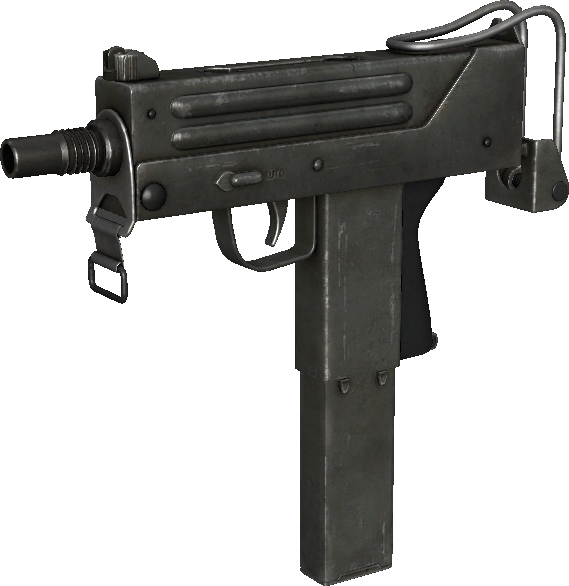 MAC-10 |
 |
 Medic Medic Engineer Engineer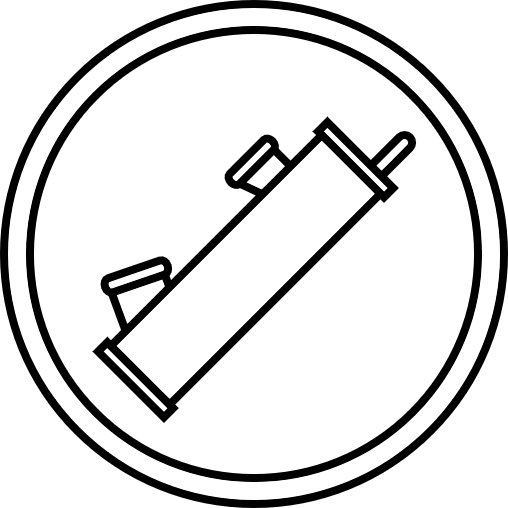 Radioman Radioman |
32 / 96 |
| Damage Base | Headshot × | Chest × | Stomach × | Leg × | Arm × | Reload Speed | |
|---|---|---|---|---|---|---|---|
| Partial | Empty | ||||||
| 27 | ×2.4 = 64.8 | ×1.3 = 35.1 | ×1.2 = 32.4 | ×0.8 = 21.6 | ×0.75 = 20.25 | 2.3 Seconds | 3.1 Seconds |
| Designation | Weapon Type | Fire Modes | Fire Rate | Bullet Spread ° | Range Modifier | Muzzle Velocity | Projectile weight | Weight |
|---|---|---|---|---|---|---|---|---|
| M10 | Machine Pistols | Auto+Semi | 1250 RPM | 10° & 3.2° ADS | 0.78 | 366 m/s | 7.5 g (115.743 gr) | 2.84 kg (6.26 lbs) |
| Full name | Caliber | Place of Origin | Date | Manufacturer | Barrel Length | Total Length | Weapon Script Name |
|---|---|---|---|---|---|---|---|
| Military Armament Corporation M10 | 9x19mm | USA | 1970 | Military Armament Corporation | 5.75 in (146 mm) | 11.6 in (295 mm) | weapon_mac10 |
The Military Armament Corporation Model 10 (M10), also known as the MAC-10, is a compact, blowback operated machine pistol/submachine gun designed by Gordon Ingram in 1964. It can be chambered in either .45 ACP or 9mm. The MAC-10 is often equipped with a two-stage suppressor by Sionics that reduces noise and improves control when firing fully automatic, although it reduces the weapon's compactness and concealability. Despite its common name, the manufacturer never officially used "MAC-10" in its marketing or product literature; instead, it has been popularized by gun dealers, writers, and collectors.
HISTORY
The MAC-10 is made primarily from steel stampings and features a notched cocking handle on top that locks the bolt when turned 90°, rendering the weapon inoperable. It employs a telescoping bolt design that encases the rear of the barrel, allowing for a more compact structure and balancing the weight over the pistol grip where the magazine is housed. This firearm operates from an open bolt, contributing to a high rate of fire, and uses a trigger guard that doubles as a feed ramp, a feature that was innovative at the time. To reduce costs, it reuses the magazine design from the M3 Grease Gun. The MAC-10 also has a threaded barrel for a suppressor, enhancing suppression without lowering bullet speed—especially effective with the naturally subsonic .45 ACP ammunition. The suppressor doubles as a foregrip to manage recoil, as suggested by the U.S. Army, and the design includes a strap beneath the muzzle for better control during automatic fire. The original firing rates are approximately 1090 rounds per minute in .45 ACP, 1250 in 9mm, and 1500 in the smaller MAC-11 (.380 ACP). Despite its rapid fire capability, the MAC-10 is criticized for poor accuracy, described by David Steele in the 1970s as suitable only for "combat in a phone booth."
The suppressor, a key feature, was designed by Mitchell WerBell III of Sionics, presenting a distinctive two-stage shape that contributes to its quiet operation where the bolt action is audible if using subsonic rounds. It also provides a grip point with a Nomex cover, aiding in firearm control. However, U.S. export restrictions on suppressors in the 1970s led to lost orders and contributed to the bankruptcy of the Military Armament Corporation, as the effectiveness of the MAC-10's suppressor was a major selling point. The original Sionics suppressor measures 11.44 inches long and 2.13 inches in diameter, weighing 1.20 pounds.
SOURCE
